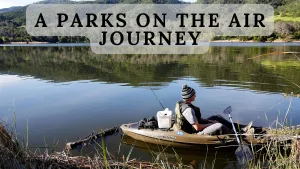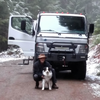The Plan
As the saying goes. It's not the destination that matters but the journey. The same applies to every POTA activation attempt. As much as we would like to have successful park activations, sometimes odds may not be in our favor due to various circumstances (equipment, location, weather, and propagation, to name a few). In the end, the reason for a POTA activation is to go outside and enjoy the outdoors.
This activation took place on the third leg of a four-day trip. On this trip, the scheduled layovers were in Seattle, Anchorage, Oakland and Pleasanton, California. Most layovers are short but the one in Pleasanton was scheduled for 51-hours. I decided to rest the first day and do some last-minute preparations for the 14-mile bike ride to Lake Del Valle State Recreation Area. The POTA designation for this location is (K-3455)
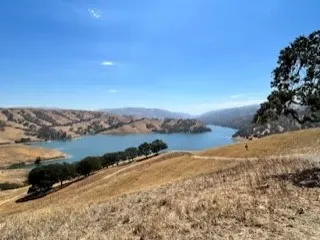
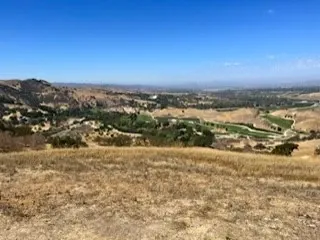
Our Route
The planned Route will be the iron Horse Trail connecting with Arroyo Del Valle Regional Trail (Sycamore Grove Park). It was a pleasant bike ride with views of local parks, rolling hills, golf courses, and vineyards. I entered (K-3455) and proceeded via EAST SHORE TRAIL to the nearest summit that caught my eye, keeping in mind that I must remain within the state park boundary (POTA regulations). This summit was at the intersection of the EAST SHORE TRAIL & HERON BAY TRAIL. I could not have asked for a better location.
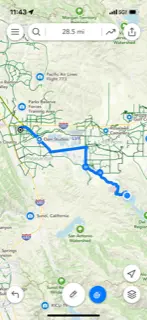

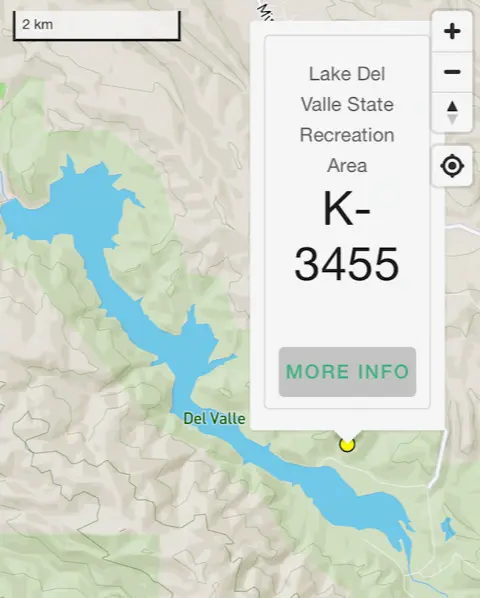
The Set Up
When planning an activation, weight and simplicity are my top two priorities, especially if carrying the radio equipment for a significant distance. In the world of POTA (Parks On The Air), and especially for SOTA (Summits On The Air), QRP radios tend to be the gold standard. QRP is low-power transmissions (10W or less). For this activation, I used a 5-watt radio; https://dl2man.de.
Less power consumption equals a smaller battery. In addition to a less power-rated antenna, therefore, lighter weight. I have become a big fan of: https://www.packtenna.com.
The PackTenna Mini Random Wire Antenna (9:1 UNUN) is what I used in this activation. This antenna requires an antenna tuner to make the antenna resonant on different bands. Therefore, it adds an extra piece of equipment. I could have chosen a resonant antenna for a specific band to ditch the auto-tuner, making it a lighter load. However, I was willing to compromise the minimal extra weight for the versatility of an auto-tuner.
Means of hoisting the wire antenna is another challenge for activators. Again, topography plays a significant role in this, and planning is paramount before heading out the door. Nothing is more frustrating than getting to an activation site and being unable to activate due to leaving a piece of equipment behind.
Mother Nature may be on your side in providing you with a lending hand for your setup. A tree, a pile of rocks, a simple brush, or a bush. Other times you have to improvise with a trekking pole, collapsible mast, or a nearby bench.
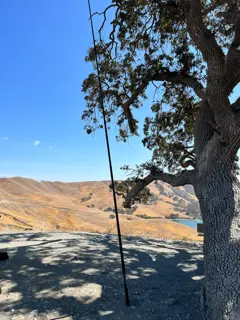

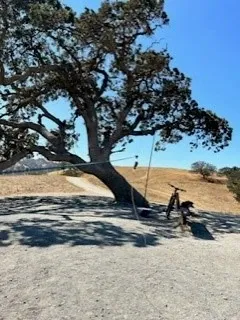
What Went Wrong
Once I arrived at the selected activation site, it was a quick five-minute setup. I spotted my location on the POTA app, and within minutes I made my first and only contact with a station in northwest Arkansas.
I was informed that my radio was transmitting off frequency. I spent the next hour or so trying to resolve this issue. To no avail, and after several failed attempts, I decided to take down the station and enjoy the views before returning to Pleasanton.
As much as I enjoyed this journey, this cannot be considered a Park Activation. This is because a minimum of 10 stations must be successfully contacted to be recorded as a successful activation. Thankfully, I could troubleshoot the issue with my radio once I arrived home.
I intend to give it another attempt on my next Pleasanton layover whenever this may happen. Hopefully soon.
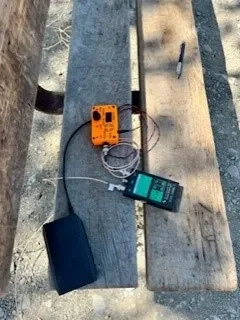
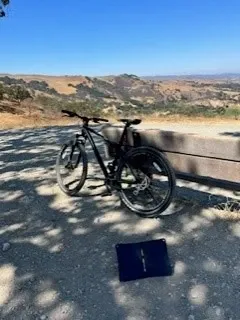
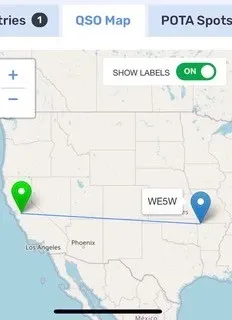
Other Parts of the Journey
Those who read my previous POTA post know what I do for a living. And I have been fortunate that it allows me to visit different places regularly. Some may ask what these flights are like and what I do on layovers? Let me start by saying that no two flights are ever alike for various reasons (weather, length of flights/trips, layover city, and length). I enjoy walking, bike riding, and experiencing different cultures on layovers.
While airborne, I enjoy making Aeronautical Mobile Contacts when the opportunity presents itself. It makes me smile when I detect the excitement of the person I'm talking to—being their first ever aeronautical contact.
The amateur radio community is one of the friendliest communities I know of, much like the Overland community. I've made many contacts over the radio that have turned into acquaintances and friends. Some of whom I have met in person during my layovers.
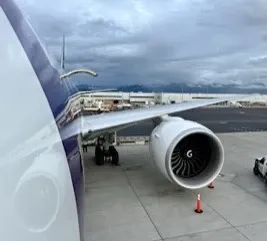
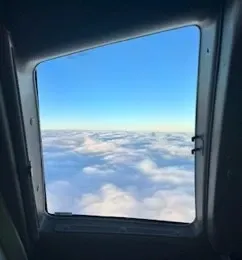
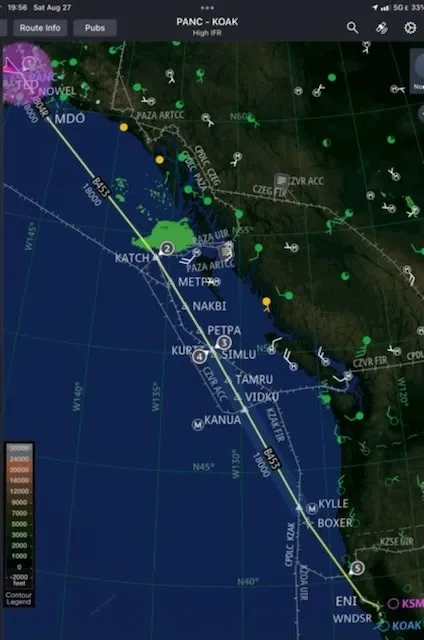
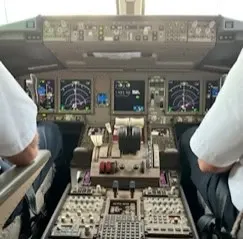
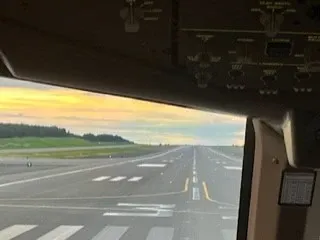
In Closing
In closing, my intended purpose for this article was to share my experience of one of my layovers, and how I can integrate it with a hobby I am passionate about.
I have used terms such as: QRP Radios (watts), Random Wire Antenna, POTA, SOTA, Antenna resonance, and Tuners. I realize some of our readers may not be familiar with these terms.
I invite those of you curious about the terms mentioned above to do an internet search, and perhaps it will be the spark that will ignite a quest for autonomous communication knowledge that, in my opinion, goes hand in hand with Overlanding.
73
Carlos R. O'Neill
KB4CO


